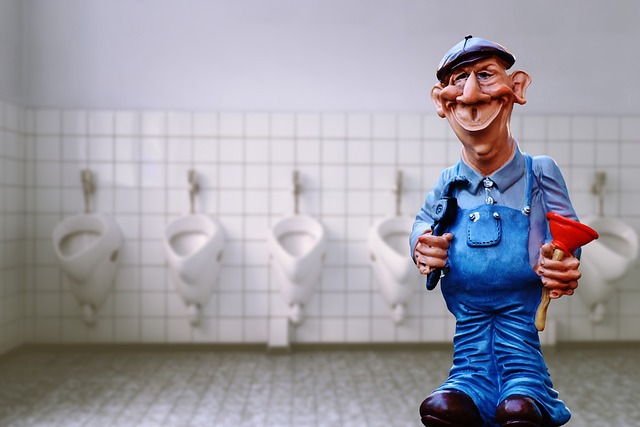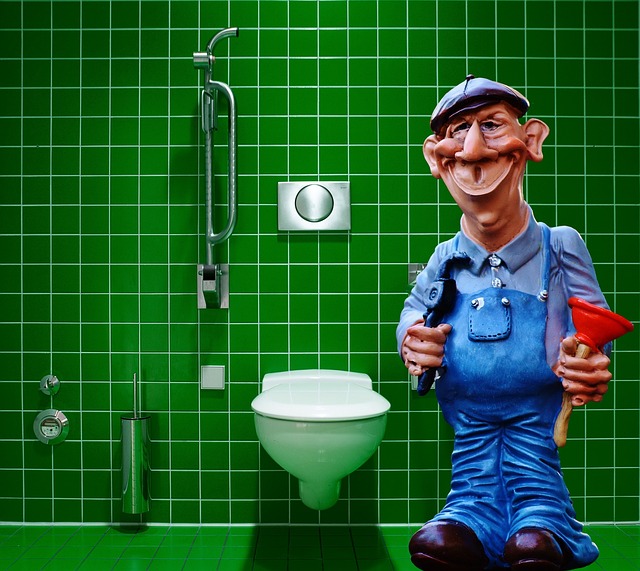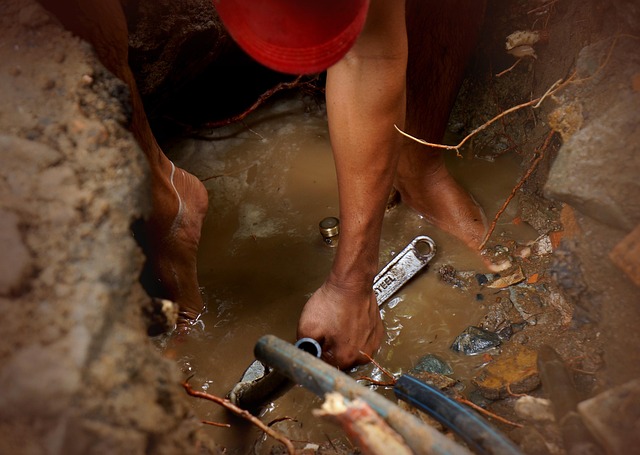Homeowners often face common plumbing issues with water heaters, such as insufficient hot water or strange noises. Basic troubleshooting helps address problems like faulty heating elements, clogged dip tubes, or incorrect temperature settings. Regular maintenance, including flushing and cleaning, prevents sediment buildup and ensures efficient heating. Early detection of leaks and tank issues is crucial to avoid damage. Upgrading older systems can enhance performance and hot water supply reliability.
Water heaters are essential in our daily routines, so when they malfunction, it can leave you cold. This article guides you through common water heater podcast problems, from no hot water to leaks, and offers quick fixes for immediate relief. We’ll also delve into troubleshooting techniques, empowering you to maintain your heater efficiently. Learn about potential red flags, when to call a plumber, and preventive measures to avoid costly plumbing disasters, ensuring you stay cozy with plenty of hot water.
Identifying Common Water Heater Problems

Many common water heater problems can be identified and addressed with some basic troubleshooting. One of the most frequent issues is a lack of hot water, which could be due to various factors. If your water heater is not providing enough heat, check the thermostat settings. It might be set at a lower temperature, resulting in lukewarm water. Additionally, a faulty heating element or a clogged dip tube can also lead to this issue.
Other common plumbing issues include strange noises coming from the water heater, such as banging or rumbling sounds, indicating potential problems with the tank or pipes. Leaks are another red flag; check for any dripping water at the base of the heater or along the supply lines. Over time, sediment buildup can cause efficiency issues and even damage, so regular maintenance and flushing are essential to prevent these common plumbing problems.
– No hot water or only cold water

Many homeowners face a frustrating dilemma when their water heater stops functioning properly, resulting in either no hot water or only cold water. This common plumbing issue can be caused by several factors. One of the primary reasons is a faulty heating element inside the water heater. Over time, these elements can degrade and fail, especially if your water heater is not maintained regularly. Another possible cause could be a problem with the temperature setting, where the thermostat might be malfunctioning or set at an inappropriate level.
If you find yourself without hot water, it’s essential to check the pilot light (if applicable) to ensure it’s on and burning steadily. A flickering or absent pilot light often indicates a gas supply issue. Additionally, inspecting the temperature settings and resetting them if necessary can be a quick fix for this common plumbing problem. Regular maintenance, including cleaning and flushing of the water heater, is also crucial to prevent such issues from arising.
– Insufficient hot water flow

If you’re experiencing insufficient hot water flow from your heater, it could be due to several common plumbing issues. First, check if the water heater temperature setting is low, as this can significantly reduce the hot water output. Second, ensure there are no leaks or blockages in the pipes leading to the heater, as these obstructions can restrict the flow of heated water to your faucets and showers. Corrosion inside the tank or on the heating element can also cause problems; regular maintenance involves cleaning these components to prevent buildup that hinders efficient heating.
Additionally, an old or poorly maintained water heater may struggle to keep up with high demand, especially in larger homes or families. If you have multiple appliances using hot water simultaneously, ensure your system is sized appropriately. Consider upgrading your water heater if it’s outdated, as newer models often boast improved energy efficiency and faster recovery times, addressing common plumbing issues that lead to insufficient hot water flow.
Many common water heater problems can be quickly resolved by identifying symptoms like no hot water or insufficient flow. By understanding these issues, you can take immediate steps to restore hot water access in your home, addressing common plumbing concerns efficiently. Remember, prompt action often prevents more severe—and costly—water heater problems down the line.
